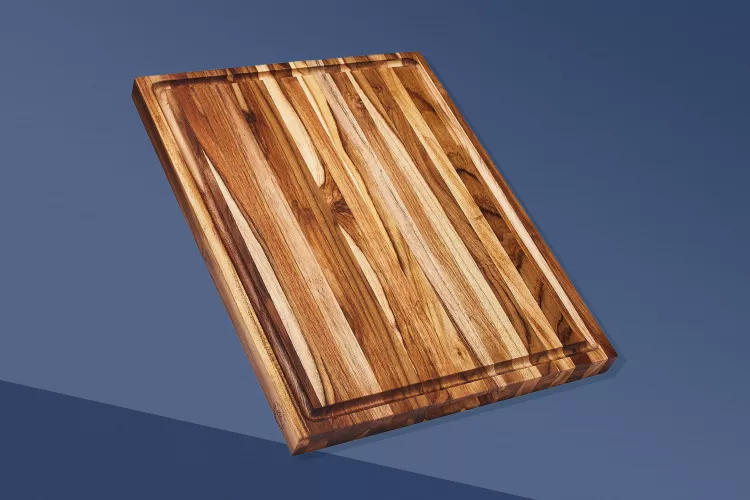
One of the most significant changes you can make is replacing old nonstick pans with safer options. Brands like Caraway and Lodge offer cookware that is free from harmful chemicals. Caraway’s ceramic-coated pans are known for their non-toxic properties and stylish designs, while Lodge’s cast iron skillets provide durability and excellent heat retention without the use of harmful coatings.
Additionally, stainless steel and enameled cast iron cookware are excellent alternatives. They are long-lasting, easy to clean, and do not leach chemicals into food. Investing in high-quality cookware ensures not only safety but also enhances the cooking experience.
Choosing Safe Utensils
Many kitchen utensils are made from materials that can degrade over time, releasing harmful substances into your food. Opting for utensils made from stainless steel, silicone, or wood can mitigate these risks. For instance, stainless steel tongs and ladles are durable and resistant to corrosion. Silicone spatulas are heat-resistant and gentle on cookware surfaces, preventing scratches and prolonging the life of your pans.
Wooden utensils, such as bamboo spoons and spatulas, are biodegradable and provide a natural alternative to plastic. They are gentle on cookware and add an aesthetic appeal to your kitchen.
Sustainable Storage Solutions
Food storage is another area where non-toxic options are crucial. Glass containers are an excellent choice as they are free from harmful chemicals and do not retain odors or stains. Brands like Pyrex offer a variety of glass storage containers that are microwave and dishwasher safe, making them both practical and safe.
Avoiding plastic containers, especially those labeled with recycling codes 3, 6, or 7, can help reduce exposure to BPA and other harmful chemicals. Instead, choose glass or stainless steel containers to store food safely.
The Importance of Non-Toxic Kitchen Tools
The shift towards non-toxic kitchen tools is not just a trend but a necessary change for our health and the environment. By choosing cookware and utensils made from safe materials, we reduce our exposure to harmful chemicals and contribute to a more sustainable planet. Moreover, these tools often offer better performance and longevity, providing value for money in the long run.
As we continue to prioritize health and sustainability, making informed choices about the products we use in our kitchens is essential. Opting for non-toxic cookware and utensils is a step towards a healthier lifestyle and a cleaner environment.
In conclusion, replacing traditional cookware and utensils with non-toxic alternatives is a wise decision for anyone looking to improve their health and reduce their environmental footprint. With numerous options available, it’s easier than ever to make the switch and enjoy the benefits of a safer, more sustainable kitchen.
